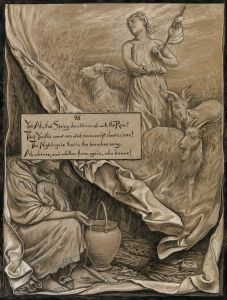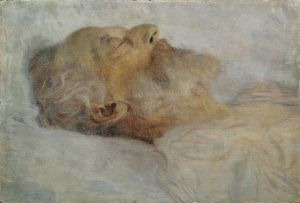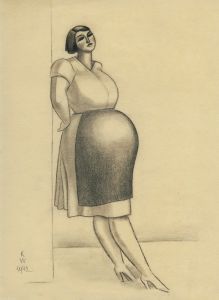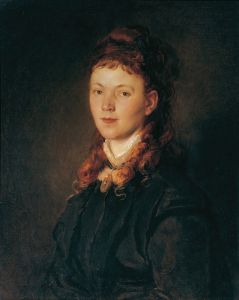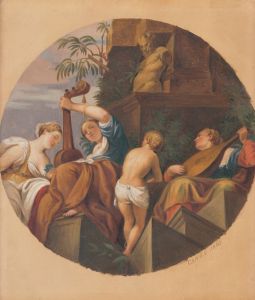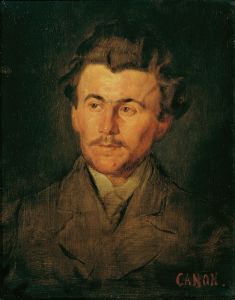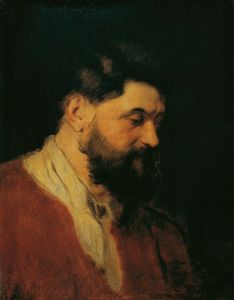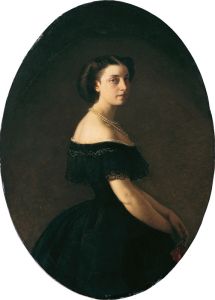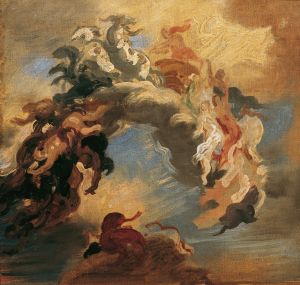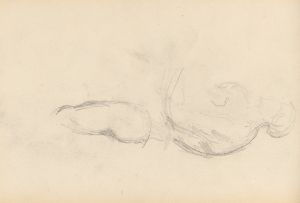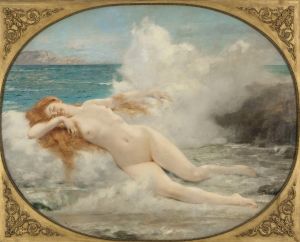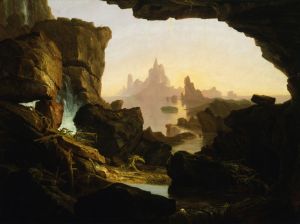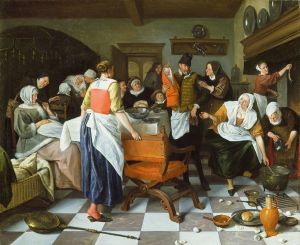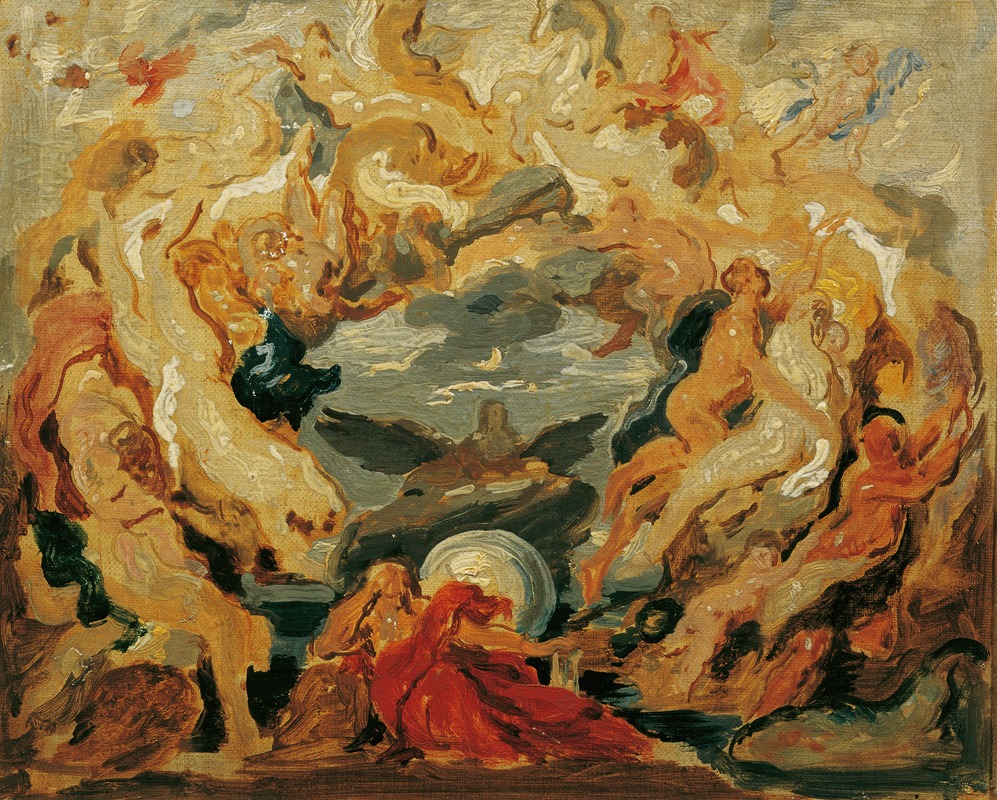
Der Kreislauf des Lebens
A hand-painted replica of Hans Canon’s masterpiece Der Kreislauf des Lebens, meticulously crafted by professional artists to capture the true essence of the original. Each piece is created with museum-quality canvas and rare mineral pigments, carefully painted by experienced artists with delicate brushstrokes and rich, layered colors to perfectly recreate the texture of the original artwork. Unlike machine-printed reproductions, this hand-painted version brings the painting to life, infused with the artist’s emotions and skill in every stroke. Whether for personal collection or home decoration, it instantly elevates the artistic atmosphere of any space.
Hans Canon's painting "Der Kreislauf des Lebens" (The Cycle of Life) is a notable work by the Austrian artist, who was active during the 19th century. Canon, whose real name was Johann Baptist Strašiřipka, was born on March 15, 1829, in Vienna, Austria, and became known for his historical and allegorical paintings. His works often reflect the academic style of the time, characterized by attention to detail and a focus on narrative content.
"Der Kreislauf des Lebens" is an allegorical painting that explores the theme of life's cyclical nature. Although specific details about the painting's creation and current location are not widely documented, it is known that Canon's work often depicted grand themes and complex compositions. This painting is no exception, as it seeks to capture the essence of life's journey from birth to death, a common motif in art that resonates with universal human experiences.
The painting likely features a series of vignettes or scenes that represent different stages of life. Such compositions are typical in allegorical works, where the artist uses symbolic figures and settings to convey deeper meanings. Canon's skillful use of color, light, and form would have been employed to guide the viewer's eye across the canvas, creating a narrative flow that mirrors the progression of life itself.
Hans Canon's work was influenced by the broader artistic movements of his time, including Romanticism and Realism. These influences can be seen in his attention to emotional expression and realistic detail, which help to convey the painting's thematic concerns. Canon was also known for his ability to blend these styles, creating works that were both visually striking and rich in symbolic content.
Throughout his career, Canon received numerous commissions and was highly regarded in artistic circles. His ability to tackle complex subjects with both technical skill and imaginative vision made him a prominent figure in the Austrian art scene. "Der Kreislauf des Lebens" exemplifies his approach to painting, where he combines a mastery of traditional techniques with a thoughtful exploration of philosophical themes.
While specific exhibitions or collections featuring "Der Kreislauf des Lebens" are not extensively recorded, Hans Canon's works are generally held in high esteem and can be found in various museums and galleries. His contributions to art continue to be appreciated for their depth and craftsmanship, reflecting the cultural and intellectual currents of 19th-century Europe.
In summary, "Der Kreislauf des Lebens" by Hans Canon is an allegorical painting that delves into the theme of life's cyclical nature. Through his adept use of symbolism and narrative composition, Canon captures the essence of human existence, making the painting a significant example of his artistic legacy.





